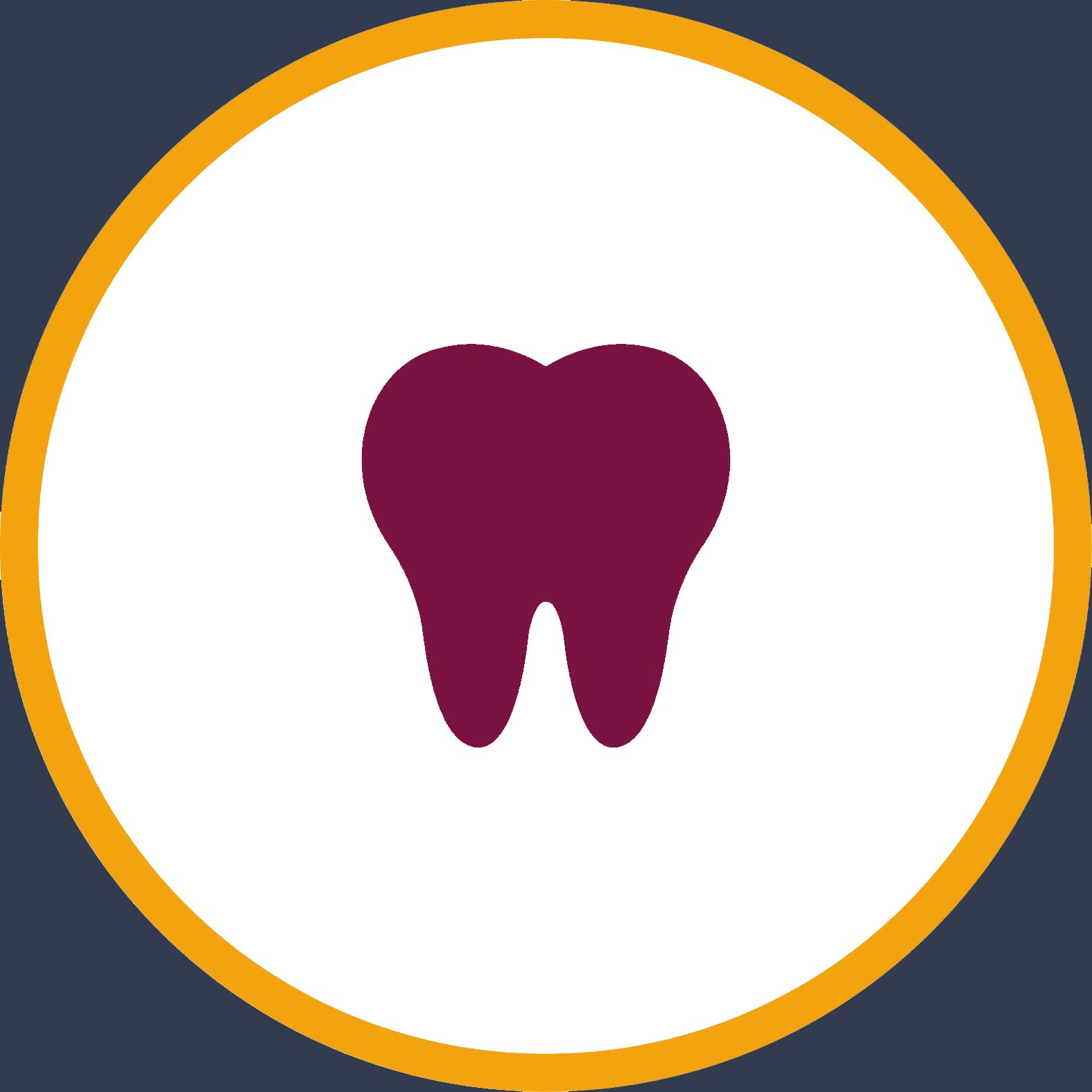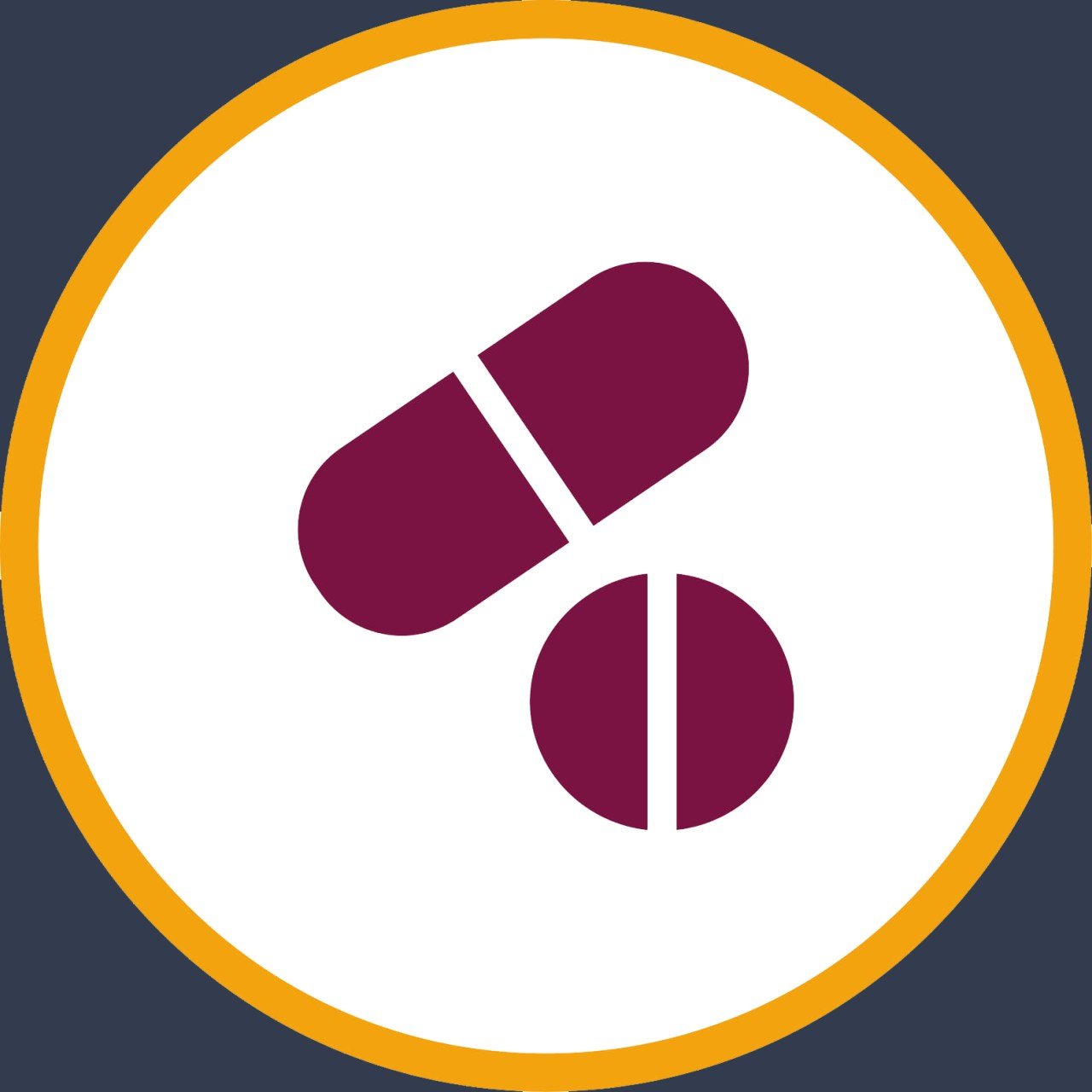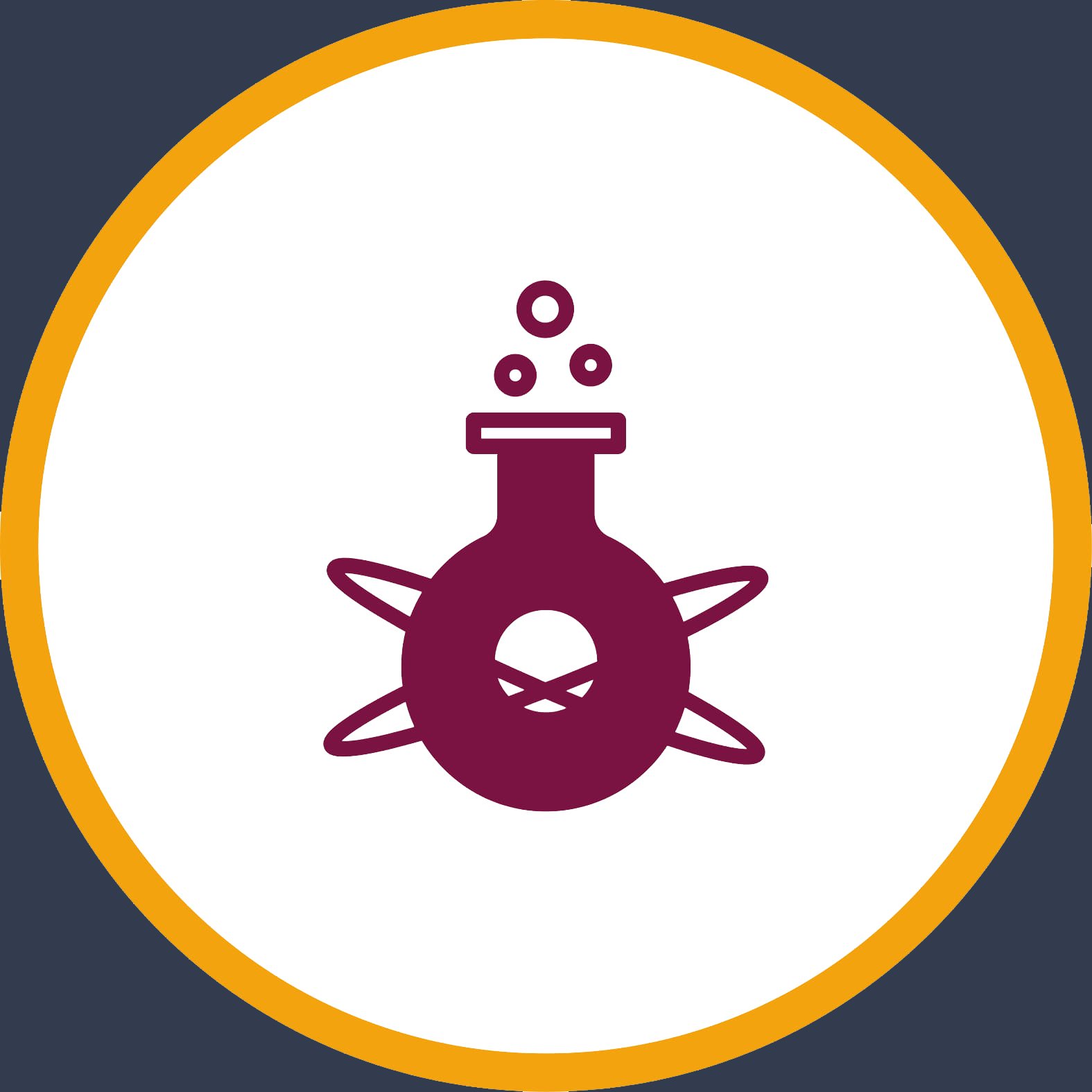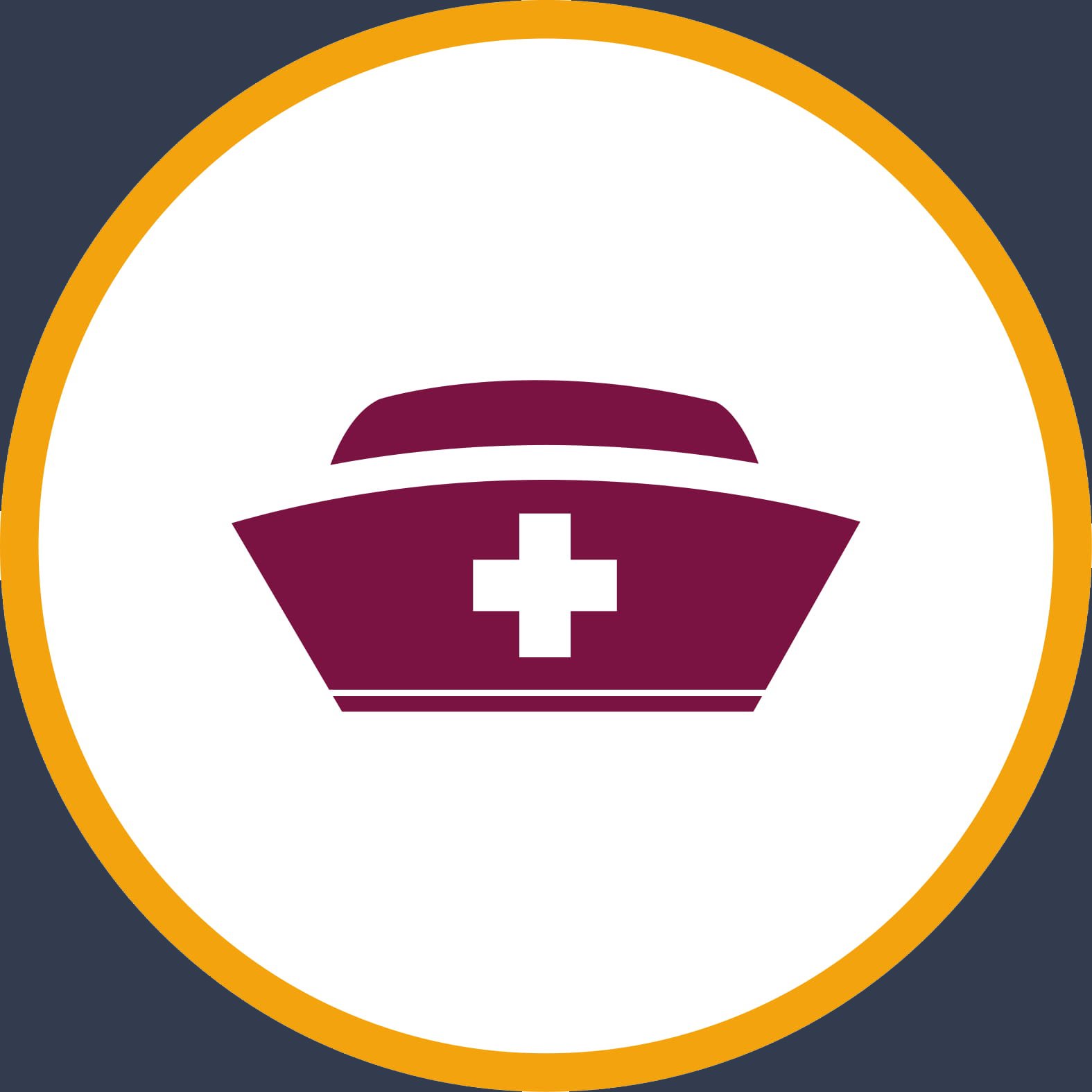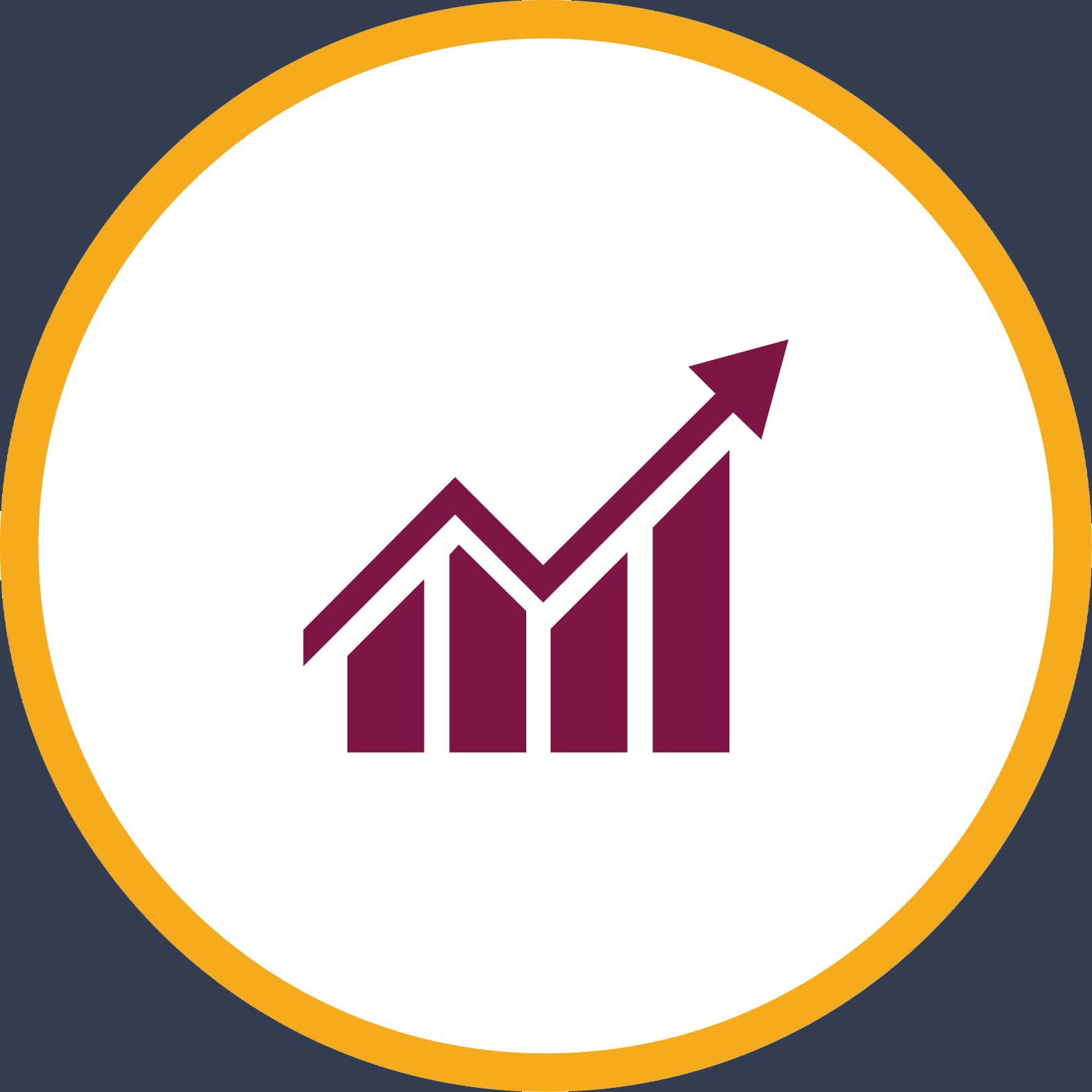| Course Name: |
PRINCIPLES OF ANIMAL PHYSIOLOGY |
| Code |
Regular Semester |
Theoretical |
Practical |
Credits |
ECTS |
| BIO 401 |
7 |
2 |
2 |
3 |
5 |
|
| Name of Lecturer(s): |
Zhikal Omer |
| Teaching Assistant: |
Mr. Saifaddin |
| Course Language: |
English |
| Course Type: |
Main |
| Office Hours |
Tuesday 3:00pm – 5:00pm. |
| Contact Email: |
[email protected]
Tel:07508297397 |
| Teacher’s academic profile: |
MSc. Physiology, Biology department, college of science, Salahaddin university BSc. Biology, biology department, college of science, Salahaddin university |
| Course Objectives: |
To learn students to be able : Develop knowledge about the functions of organs and tissues in the human body: 1-The major aims of this course are to provide students with a basic understanding of the fundamental processes and mechanisms that serve and control the various functions of the body. and explain how homeostatic mechanisms normally maintain a constant interior milieu 2-Areas treated in detail include both relatively simple cellular mechanisms as well as more complex interactions between whole organ systems. 3.Understand and demonstrate the interrelations of the organ systems to each other. 4-The major areas of study include excitable tissues, muscle, blood, the cardiovascular system and neurophysiology. primary literature to develop the ability to think critically about issues in animal physiology and write about those in an effective manner. 5. Explain the pathophysiology of common diseases related to the organ systems of the body. 6. Predict and explain the integrated responses of the organ systems of the body to physiological and pathological stresses. 7- To learn to properly and safely use animals and modern laboratory equipment to conduct research. |
| Course Description (Course overview): |
Animal physiology is the study of how animals work, or more specifically the physical and chemical processes that occur within animals. Examples of these processes include gas exchange, blood and circulation, osmoregulation, digestion, nervous and muscle systems and endocrinology. Physiology is experimental science because the data are obtained by experiments, while most of the biological sciences are descriptive sciences because the data are obtained through descriptions and observations. Despite the diversity there are many commonalities within physiology-unifying themes that apply to all physiological processes. First of all, physiological processes obey physical and chemical laws. Second, physiological processes are regulated to maintain internal conditions within acceptable ranges. This internal constancy, known as homeostasis. Third, the physiological state of an animal is part of its phenotype, which arises as the product of the genotype, and its interaction with the environment. |
COURSE CONTENT
| Week |
Hour |
Date |
Topic |
| 1 |
2 |
2-6/10/2022 |
————– |
| 2 |
2 |
9-13/10/2022 |
Introduction to animal physiology |
|
| 3 |
2 |
16-20/10/2022 |
Homeostasis |
| 4 |
2 |
23-27/10/2022 |
Cell membrane Physiology and Cellular communication |
|
| 5 |
2 |
30/10-3/11/2022 |
Physiology of Nervous System -CNS |
| 6 |
2 |
6-10/11/2022 |
Action potential |
|
| 7 |
2 |
13-17/11/2022 |
Midterm Exam |
| 8 |
2 |
20-24/11/2022 |
Physiology of Endocrine system |
|
| 9 |
2 |
27/11-1/12/2022 |
Physiology of Skeletal system |
| 10 |
2 |
4-8/12/2022 |
Cardiac physiology |
|
| 11 |
2 |
11-15/12/2022 |
Cardiac ECG, and cardiac cycle |
| 12 |
2 |
18-22/12/2022 |
Physiology of respiratory system |
|
| 13 |
2 |
25-29/12/2022 |
Renal Physiology |
| 14 |
2 |
1-5/1/2023 |
Physiology of Digestive system and Glands |
|
| 15 |
2 |
8-12/1/2023 |
Final Exam |
| 16 |
2 |
15-19/1/2023 |
Final Exam |
|
|
COURSE/STUDENT LEARNING OUTCOMES
|
|
| 1 |
Homeostasis and Function of the body parts |
| 2 |
understanding the neuron action potential |
| 3 |
Clear Electrical activity of the Brain and the heart |
| 4 |
understanding of the muscle contraction, GIT, and the whole body and excretory system. |
| 5 |
The Endocrine System (chemical communication) |
|
COURSE’S CONTRIBUTION TO PROGRAM OUTCOMES
(Blank : no contribution, I: Introduction, P: Profecient, A: Advanced )
|
Program Learning Outcomes |
Cont. |
| 1 |
Write accurately and clearly about biology topics that conform to the scientific conventions of that field. |
P |
| 2 |
Describe the molecular components of living things, their heredity transformations and the main concerns in these biological process |
I |
| 3 |
Identify and analyze the microorganisms including bacteria, fungi and virus and their roles in nature. |
|
| 4 |
Characterize the features of plant organs/tissues/cells/organelles involved in cellular respiration, photosynthesis, reproduction and growth. |
|
| 5 |
Describe the micro and macro anatomy of the living systems and recognize the relationship between structure and function at all biological systems and levels. |
A |
| 6 |
Apply safety and proper techniques in the laboratory, and report the results of conducted experiments. |
P |
| 7 |
Use appropriate methods and techniques to improve their students’ critical thinking, creative thinking and problem-solving skills. |
|
| 8 |
Effectively organize and manage classrooms. |
|
| 9 |
Use required methods and techniques for student-centered teaching by considering individual and cultural differences of students. |
I |
| 10 |
Develop research studies that applies quantitative or qualitative research methods that address research questions in the field. |
A |
|
| Prerequisites (Course Reading List and References): |
Biology Hall, J. E., & Hall, M. E. (2020). Guyton and Hall textbook of medical physiology e-Book. Elsevier Health Sciences. |
| Student’s obligation (Special Requirements): |
Practice what they study in the Class seminar presentation quizzes inter to the class on time and take note |
| Weekly Laboratory/Practice Plan: |
| Week |
Hour |
Date |
Topics |
| 1 |
2 |
2-6/10/2022 |
————- |
| 2 |
2 |
9-13/10/2022 |
Introduction to animal physiology and homeostasis (Blood pressure) |
|
| 3 |
2 |
16-20/10/2022 |
Injection |
| 4 |
2 |
23-27/10/2022 |
Cell membrane Physiology Osmosis and OSMOTIC FRAGILITY OF RBC |
|
| 5 |
2 |
30/10-3/11/2022 |
Reflexes and Neurological examination |
| 6 |
2 |
6-10/11/2022 |
Phlebotomy (Blood collection), |
|
| 7 |
2 |
13-17/11/2022 |
PCV, HEMOSTASIS Bleeding Time & Clotting Time |
| 8 |
2 |
20-24/11/2022 |
Midterm Exam EEG introduction to the power lab |
|
| 9 |
2 |
27/11-1/12/2022 |
ESR |
| 10 |
2 |
4-8/12/2022 |
ECG |
|
| 11 |
2 |
11-15/12/2022 |
Blood group |
| 12 |
2 |
18-22/12/2022 |
respiratory system |
|
| 13 |
2 |
25-29/12/2022 |
Rat dissection |
| 14 |
2 |
1-5/1/2023 |
Review |
|
| 15 |
2 |
8-12/1/2023 |
Final Exam |
| 16 |
2 |
15-19/1/2023 |
Final Exam |
|
|
| Course Book/Textbook: |
Jeremy P. T. Ward, Roger W. A. Linden. (2017). Physiology at a Glance, 4th Edition. is available in stationary. |
| Other Course Materials/References: |
1.Hall, J. E., & Hall, M. E. (2020). Guyton and Hall textbook of medical physiology e-Book. Elsevier Health Sciences. 2.Fox S. I. (2019). Human physiology (Fifteenth). McGraw-Hill Education. 3.Ghai C. L. (2013). A textbook of practical physiology (8th ed.). Jaypee Bros. Medical. 4. Hill R. W. Cavanaugh D. & Anderson M. (2022). Animal physiology (Fifth). Sinauer Associates. 5.Barrett K. E. Barman S. M. Boitano S. & Reckelhoff J. F. (2018). Ganong’s medical physiology examination and board review. Mcgraw-Hill Education. Retrieved October 8 2022 from https://accessmedicine.mhmedical.com/book.aspx?bookid=2139. |
| Teaching Methods (Forms of Teaching): |
Lectures, Practical sessions, Presentation, Seminar, Project, Assignments, Demonstation, , , |
COURSE EVALUATION CRITERIA
| Method |
Quantity |
Percentage (%) |
| Quiz |
2 |
2.5 |
| Homework |
2 |
2.5 |
| Project |
1 |
5 |
| Midterm Exam |
1 |
20 |
| Presentation |
1 |
5 |
| Laboratory |
1 |
10 |
| Practical Exam |
1 |
10 |
| Final Exam |
1 |
40 |
| Total |
100 |
|
Examinations: Essay Questions, True-False, Fill in the Blanks, Multiple Choices, Short Answers, Matching, , , |
|
| Extra Notes:
|
ECTS (ALLOCATED BASED ON STUDENT) WORKLOAD
| Activities |
Quantity |
Workload Hours for 1 quantity* |
Total Workload |
| Theoretical Hours |
16 |
2 |
32 |
| Practical Hours |
16 |
2 |
16 |
| Final Exam |
1 |
18 |
18 |
| Quiz |
2 |
2 |
4 |
| Homework |
2 |
4 |
8 |
| Project |
1 |
7 |
7 |
| Midterm Exam |
1 |
9 |
9 |
| Presentation |
1 |
10 |
10 |
| Laboratory |
1 |
10 |
10 |
| Practical Exam |
1 |
8 |
8 |
| Total Workload |
122 |
| ECTS Credit (Total workload/25) |
5 |
|

